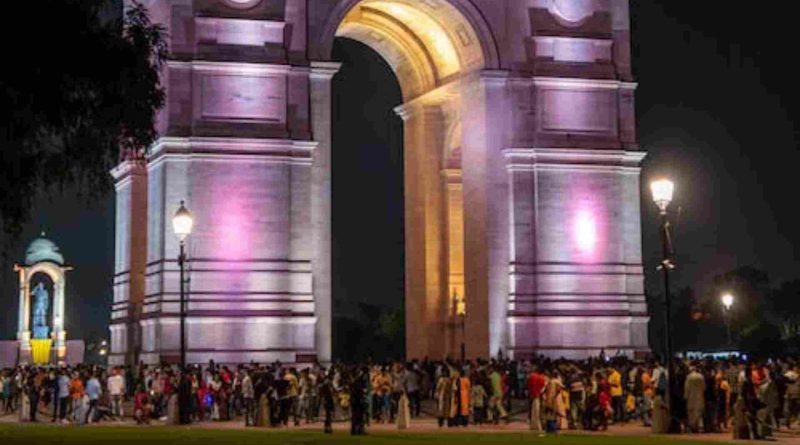India’s Tourism Odyssey: Navigating Growth, Challenges, and Resilience
In a forecast by FICCI, the travel market in India is poised to soar to $125 billion by FY27, a significant leap from its estimated $75 billion valuation in FY20. As of 2020, India’s tourism sector employed 31.8 million individuals, a number expected to surge to 53 million by 2029. Moreover, international tourist arrivals are projected to skyrocket to 30.5 billion by 2028. These insights stem from a comprehensive report released by FICCI.
Quoting data from the latest UNWTO World Tourism Barometer, FICCI’s report highlights a staggering 182% year-on-year surge in international tourism during January-March, with global destinations welcoming an estimated 117 million international arrivals, a stark contrast to the 41 million recorded in Q1 2021.
India boasts a diverse array of tourism offerings, spanning cruises, adventure expeditions, medical tourism, wellness retreats, sports events, MICE (Meetings, Incentives, Conferences, and Exhibitions), eco-tourism, film tourism, rural escapes, and religious pilgrimages. Notably, India has earned recognition as a spiritual haven for both domestic and international travelers. Like many nations, tourism serves as a vital source of foreign exchange for India, albeit facing setbacks due to the COVID-19 pandemic, which caused a dip in foreign exchange earnings in 2020.
The burgeoning influence of tourism as an economic catalyst and a tool for societal development is undeniable. Beyond fostering economic prosperity, the tourism sector catalyzes substantial employment opportunities, champions environmental conservation, celebrates diverse cultural heritage, and fosters global harmony.
Pre-pandemic projections anticipated a robust annual growth rate of 6.9% for India’s travel and tourism industry, slated to culminate in a valuation of $460 billion by 2028, equivalent to approximately 9.9% of India’s GDP.
In 2019, travel and tourism contributed 7% to India’s GDP, amounting to ₹15,792 billion, but faced a decline to 4.3% or ₹9,167 billion in 2020. However, the sector witnessed a partial resurgence in 2021, contributing 5.8% or ₹13,161 billion to the GDP.
Despite challenges posed by the pandemic, employment in the industry rebounded from 29.14 million in 2020 to 32.10 million in 2021, albeit not without a dip from the 2019 figure of 40.10 million. International visitor spending experienced a decline from ₹2532.6 billion in 2019 to ₹653.5 billion in 2021, while domestic tourism maintained stability during the same period.
The pandemic underscored structural barriers impeding India’s tourism sector, notably seasonality, which hampers year-round employment and economic productivity. Moreover, market fragmentation and information asymmetry pose additional obstacles.
To bolster travel accessibility, Usha Padhee, joint secretary of the Ministry of Civil Aviation, outlined plans to expand India’s airport network to 200 by 2024, up from the current 140, emphasizing the symbiotic relationship between aviation and tourism.
G Kamala Vardhan Rao, director general of the Ministry of Tourism, stressed the importance of developing and showcasing new tourist destinations to attract a broader demographic of travelers, both domestically and internationally.
Jyotsna Suri, chairperson of FICCI’s Travel, Tourism, and Hospitality Committee, and CMD of The Lalit Suri Hospitality Group, emphasized the necessity of robust domestic tourism and advocated for improved connectivity to unearth unexplored regions.

